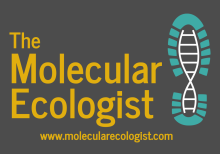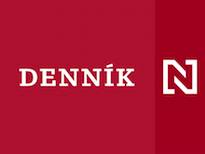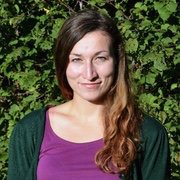The first time I've learnt about the theory of evolution, it absolutely blew my mind and I've decided that I want to become an evolutionary biologist to understand how it works. More than a decade later, I hold a doctorate degree in Systematic Zoology and Evolution. However, now I know that I could spend a lifetime trying to understand evolution and end up with more questions than I started with. But I also know that this limitless source of curiosity is something I very much enjoy. Broadly speaking, my research interests lie within the wide range of evolutionary history, from the origin of species' to their extinction. I am particularly interested in population dynamics and conservation genomics of extinct and endangered species, and my latest research has focused on studying genetic processes in small, fragmented, and isolated populations, using the woolly mammoth and mountain gorillas as model systems. I am currently a postdoc at the Bioinformatics Centre at UCPH, working with Hans Siegismund and the Population Genetics group.
RESEARCH
My research spins around various aspects of evolutionary history, but I am particularly interested in extinction dynamics and in the study of population and conservation genomics in extinct and endangered species.
Read more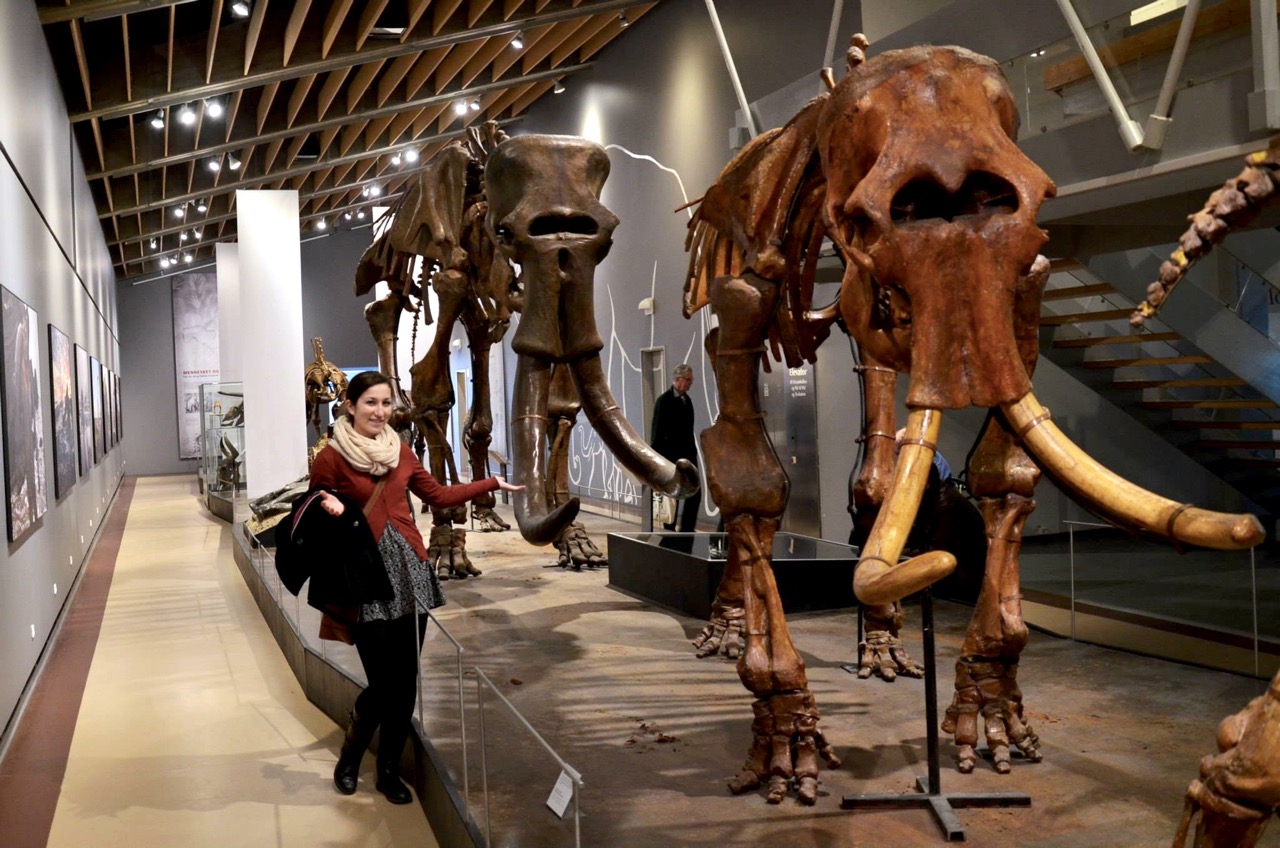
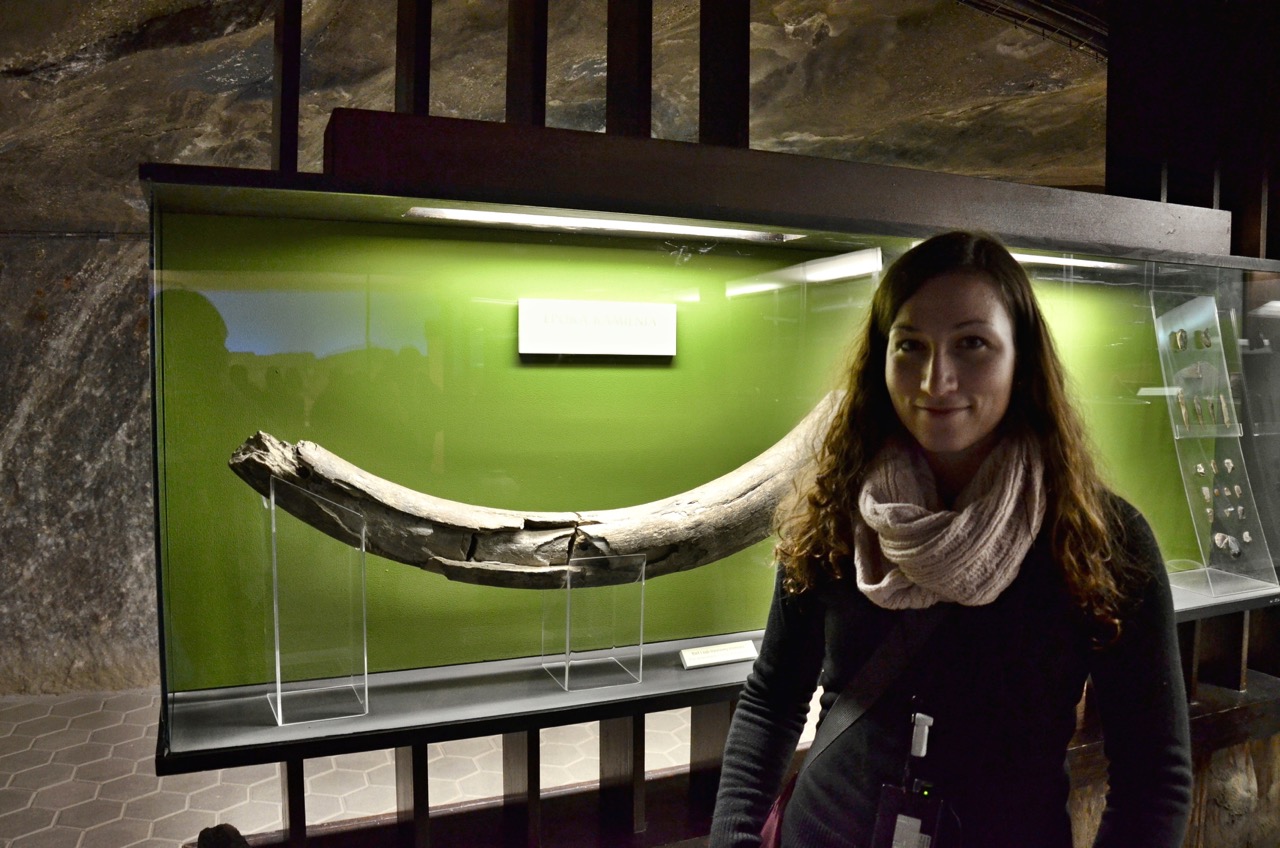
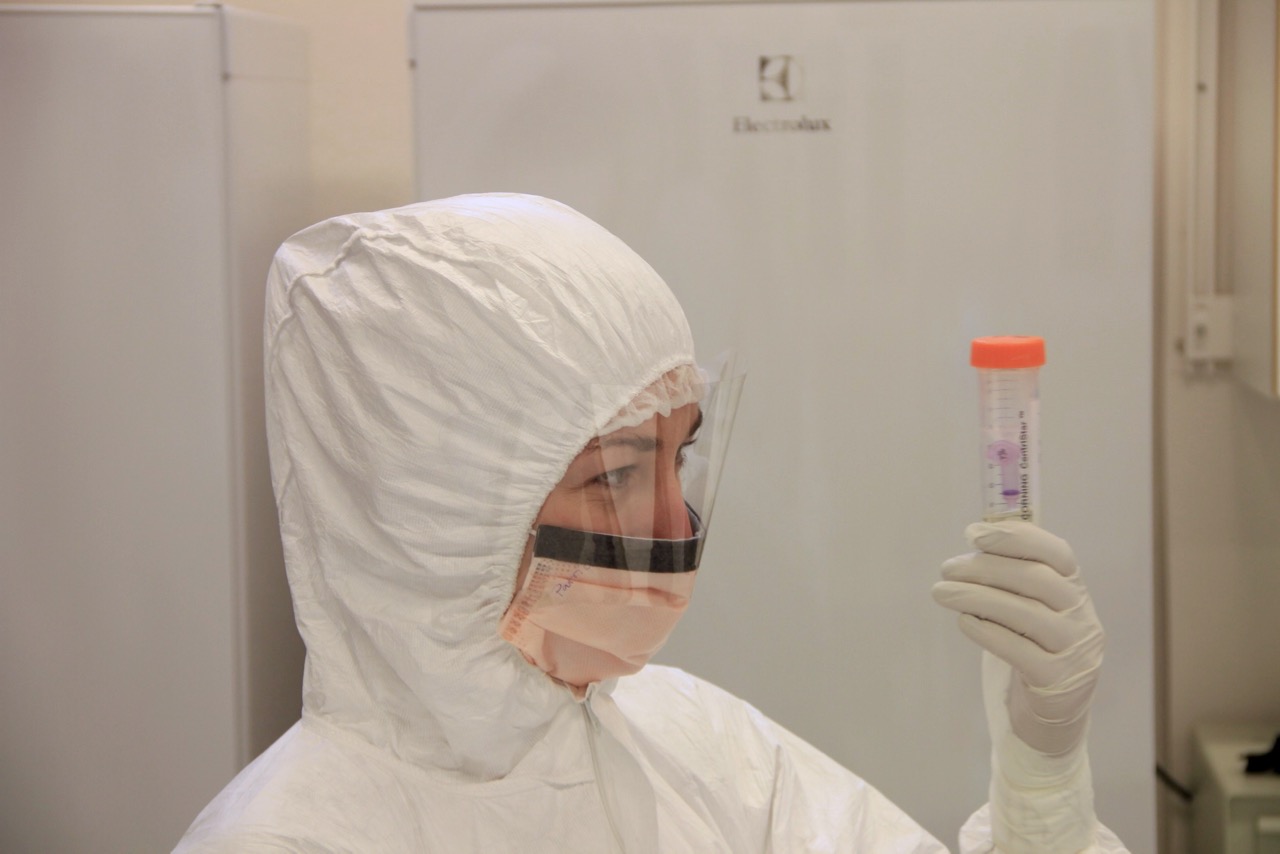
CV
The full CV also includes information on Awards & Scholarships, Research Visits, Conferences, and Academic Merits. Read more
EDUCATION
I hold a Doctor of Philosophy degree from Stockholm University. My PhD thesis focused on conservation palaeogenomics of the woolly mammoth.
POSITIONS
I have been employed as a laboratory technician, working on DNA extraction, amplification, and NGS library preparation.
FIELD WORK
Besides participating in the Arctic fox monitoring project in the Swedish mountains, I have been on two big expeditions to Greenland and Wrangel Island, surveying ecology of the Arctic ecosystem.
TEACHING
I have lectured on the topics of Introductory Genetics, Ancient DNA, and Conservation Genetics.
WRITING
I'm occasionally contributing popular science pieces to two media outlets with different audiences, a science blog and a Slovak daily newspaper.
Read more